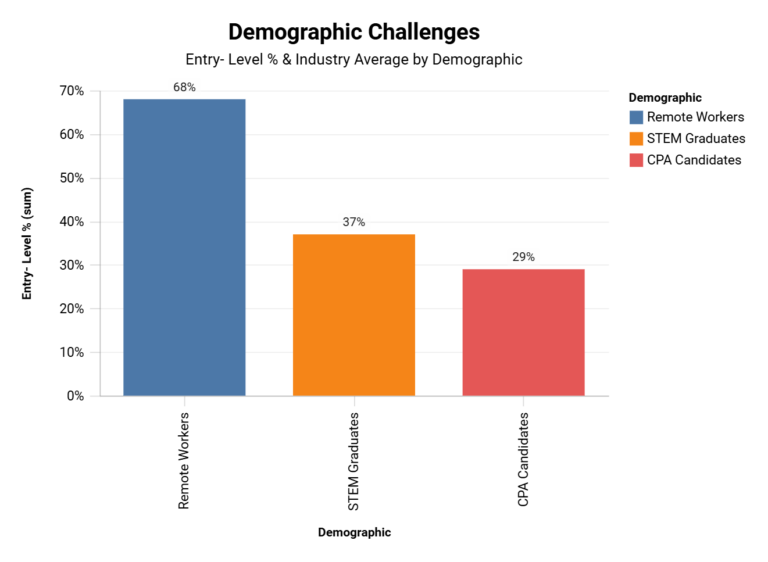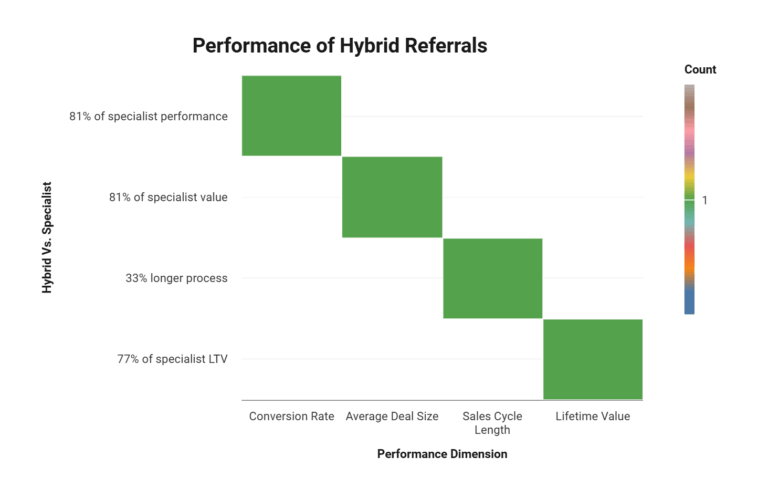Employee Retention Benefits of Skills-Based Hiring: 2025 Statistics and Data
Skills-Based Retention
Employee retention is a critical metric for organizations aiming to maintain a stable and productive workforce. Skills-based hiring has emerged as a powerful strategy to improve retention rates by ensuring candidates are better matched to roles based on their competencies. This article explores 2025 statistics and data on how skills-based hiring practices contribute to long-term employee retention.
The Cost of Employee Turnover
Employee turnover is a costly issue for organizations. According to Deloitte's Workforce Insights Report (2024), the average cost of replacing an employee is approximately 33% of their annual salary. For technical roles, this figure can exceed $50,000 due to recruitment, onboarding, and training expenses.
Cost of Employee Turnover by Role Type

Burning Glass Institute's Hiring Efficiency Study (2024) highlights that high turnover rates are often linked to poor job-role alignment. Employees who feel underqualified or overqualified for their positions are more likely to leave within the first year.
How Skills-Based Hiring Improves Retention
Skills-based hiring focuses on assessing candidates' competencies and aligning them with job requirements, reducing mismatches that often lead to early attrition. According to LinkedIn's Future of Work Report (2025), companies using skills-based hiring platforms reported a 15% improvement in employee retention rates compared to those relying on traditional hiring methods.
Key Factors Driving Retention
- Better Role Fit: By evaluating candidates' skills through verified assessments, employers can ensure a stronger alignment between job demands and employee capabilities.
- Increased Job Satisfaction: Employees who feel their skills are effectively utilized are more likely to remain engaged and committed.
- Opportunities for Growth: Skills-based platforms often provide candidates with access to training modules and certifications, fostering continuous learning and career development.
Retention Improvement Through Skills-Based Hiring

Real-World Examples
A CourseCareers case study (2025) revealed that organizations using its platform experienced a 20% reduction in first-year turnover rates. Additionally, Deloitte's Workforce Insights Report (2024) found that companies with skills-first hiring practices saw a 25% improvement in retention among entry-level tech roles.
Reduction in First-Year Turnover Rates with CourseCareers

Additional Benefits of Improved Retention
Enhanced Team Performance
According to McKinsey's Workforce Transformation Report (2024), teams with lower turnover rates perform 18% better on average due to increased collaboration and continuity.
Reduced Recruitment Costs
Glassdoor's Employer Insights Survey (2024) highlights that companies save an average of $4,000 per hire by reducing turnover-related recruitment expenses.
Recruitment Cost Savings from Reduced Turnover

Stronger Employer Branding
Organizations known for retaining employees attract higher-quality candidates. A LinkedIn survey from its Global Hiring Trends Report (2024) found that 72% of job seekers consider retention rates when evaluating potential employers.
Onboarding Time Reduction Through Skills-Based Hiring Platforms

Team Performance Improvement with Lower Turnover Rates

Challenges in Implementing Skills-Based Retention Strategies
While skills-based hiring offers clear benefits, challenges remain:
- Skill Validation: Employers may require additional assessments or certifications to confirm candidates' competencies fully.
- Cultural Resistance: Transitioning from traditional hiring practices to a skills-first approach requires buy-in from leadership and HR teams.
Programs like CourseCareers address these challenges by offering pre-screened candidate pools and seamless integration options for employers.
The Future of Employee Retention Through Skills-Based Hiring
As skills-based hiring continues to gain traction, its impact on employee retention is expected to grow. McKinsey predicts that by 2030, organizations leveraging AI-driven hiring tools will see an additional 10% improvement in retention rates as technology enables even more precise job-role alignment.
Future Projections for Retention Improvements

Related Resource
Looking for solutions to improve your time-to-hire and cost-per-hire metrics? CourseCareers For Employers Review provides insights into how this platform helps employers efficiently source pre-screened, job-ready candidates for entry-level tech roles. Explore how CourseCareers can help you build a reliable talent pipeline today.
Source Data
| Article Title | Publication | Date |
|---|---|---|
| Workforce Insights Report | Deloitte | February 10, 2024 |
| Future of Work Report | May 12, 2025 |



